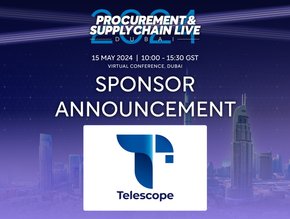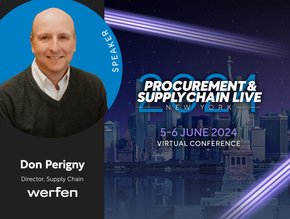Germany €20bn chips fund cements Intel & TSMC interest

Germany has announced plans to invest up to €20bn (US$22bn) in its semiconductor industry in the run-up to 2030.
Germany is seeking to attract global chipmakers to set up factories in the country, and plans to invest around €20bn (US$22bn) in the semiconductor industry over the coming years, the country’s economy ministry told Reuters this week.
Germany’s chips move has been made possible by the European Union (EU) European Chips Act, which seeks to double the EU's supply chain market share in semiconductor development, manufacture and materials by the end of the decade, from 10 to 20%.
The Act will pool resources from member states and third-party countries associated with the existing EU programmes, providing a total of €11bn for chips research, development and innovation.
European governments want to reduce their reliance on Asian countries for semiconductors, and build capacity in the region by offering subsidies through the EU Chips Act.
Last month, Intel disclosed plans to spend more than €30bn on developing a brace of chip-making plants in Magdeburg – Germany's largest ever foreign investment.
TSMC eyeing new chips plant in Germany
The German ministry also said that Taiwan-based semiconductor manufacturer TSMC is also looking to invest in a semiconductor production facility in Germany, and that the ministry was in close contact with the company over an investment decision.
TSMC is the world's largest contract chipmaker, and has been in talks with the German state of Saxony since 2021 about building a fabrication plant in Dresden, in eastern Germany.
TSMC is the world’s largest semiconductor foundry. The company provides services to 481 customers. It’s a strategy that ensures TSMC never directly competes with its customers, but also means that manufacturing and supply problems in Taiwan have a significant ripple effect across the globe.
Taiwan is prone to extreme weather events, including cyclones and earthquakes. There are also concerns that China – who has long claimed ownership of Taiwan, and refers to it as ‘Chinese Taipei’ – may one day invade the country. TSMC having a presence in Europe mitigates such problems
The German moves to bolster its domestic chip production follows recent news that the EU will support Japanese semiconductor companies looking to operate within the EU.
The EU’s European Chips Act was inspired by the CHIPS for America Act, which is the work of the US Department of Commerce (DoC). The Act provides funding and incentives to support semiconductor research, development, and manufacturing in the US, and helps ensure its competitiveness on the global stage.
As well as being competitive in chip manufacturing, the US is also looking to limit China’s ability to acquire advanced semiconductors, as well as the equipment used to manufacture them, over concerns it will use the technology to turn its vast People’s Army into a hi-tech military force.






